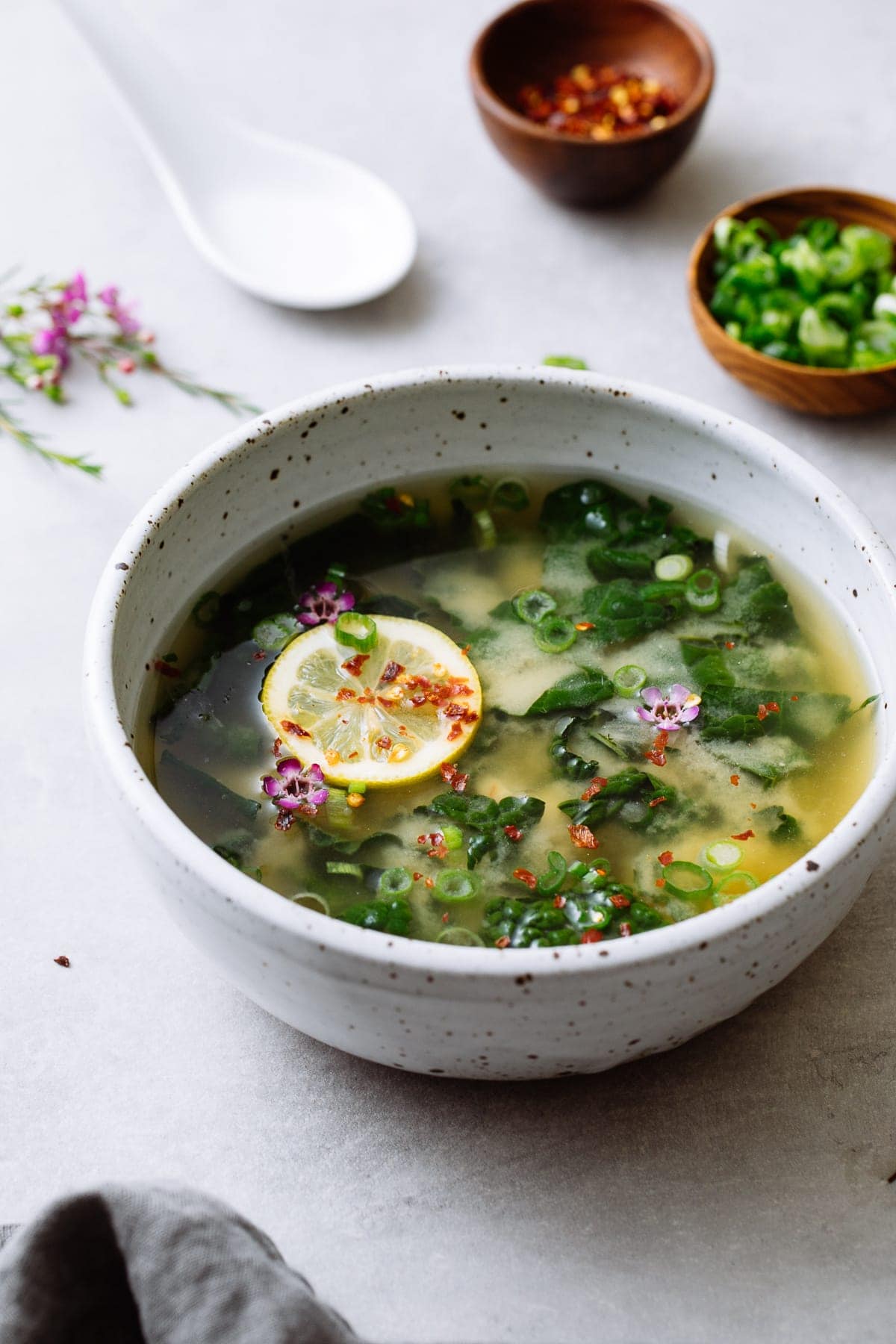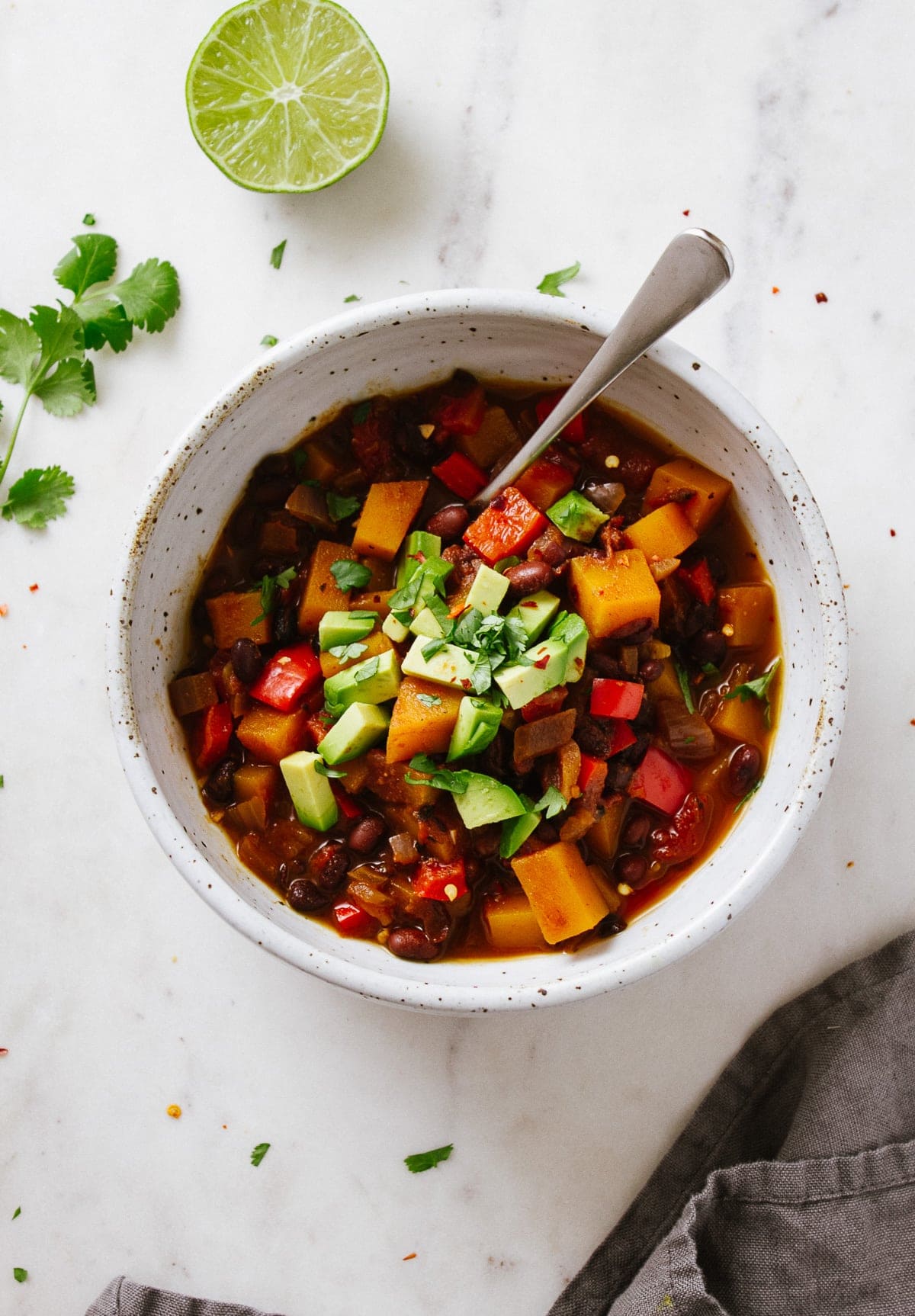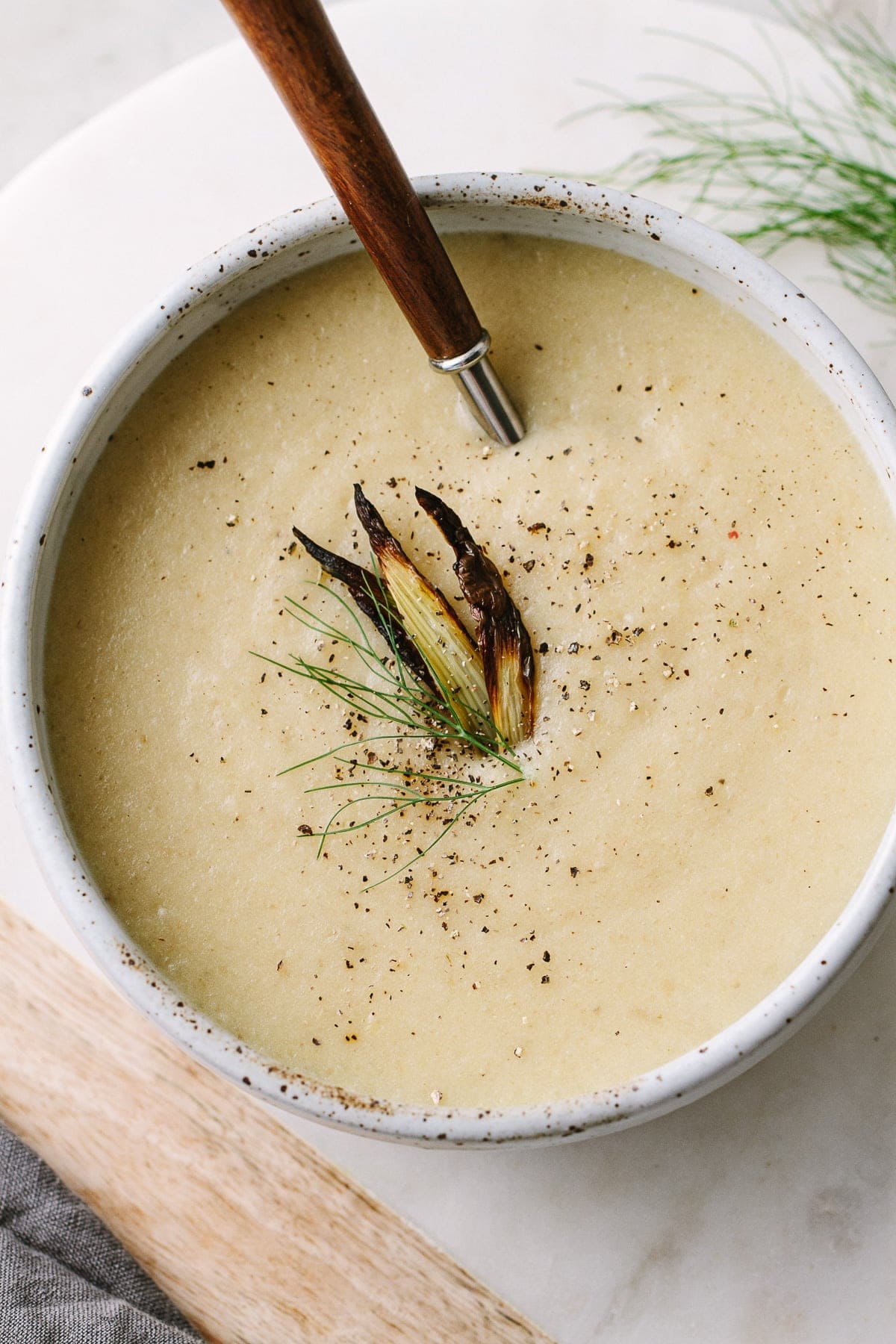
Healthy Soup Recipes
50+ Healthy Soup Recipes made with plant-based ingredients! Wrap your hands around a bowl of these hearty and healthy, easy to make vegan soups, stews, chowders and chilis!
From Vegan Potato Leek Soup, Easy Vegetable Chili, Simple Tofu Miso Noodle Soup to this hearty Vegan Minestrone Soup, you’ll find a wide variety of nourishing soup recipes here.


























